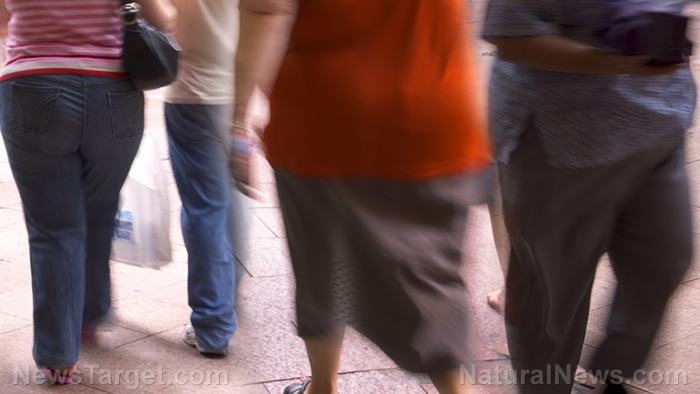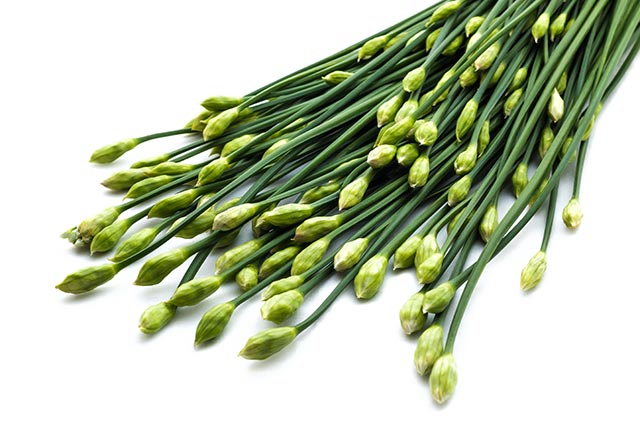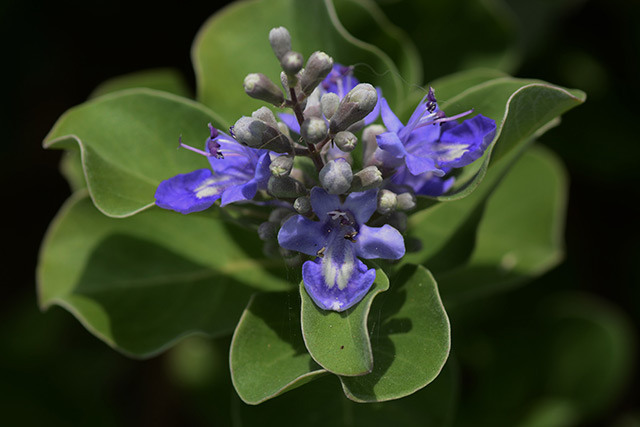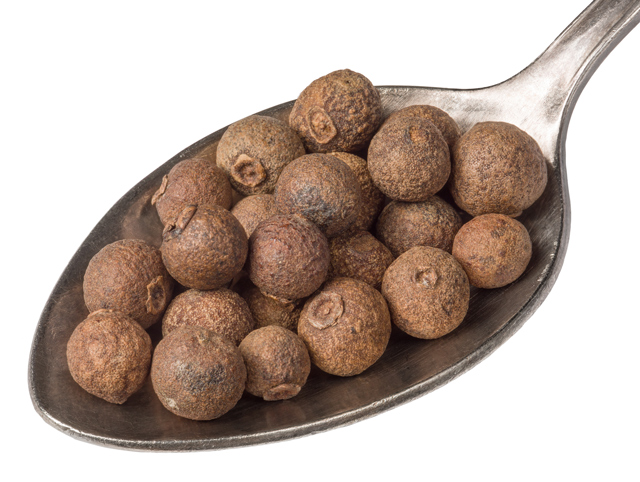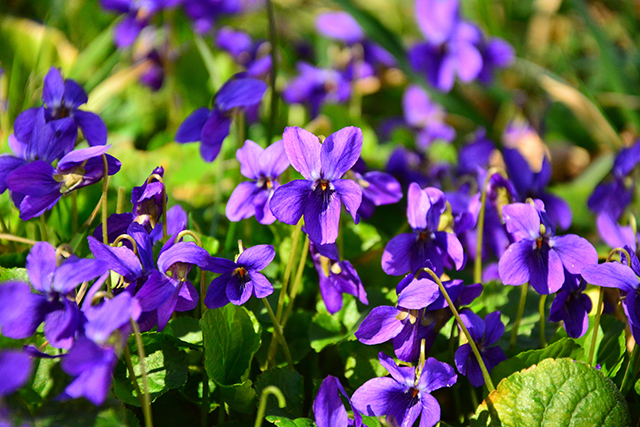The hepatoprotective and antioxidant properties of heart-leaved moonseed
05/16/2019 / By Michelle Simmons

A study published in the Journal of Ayurveda and Integrative Medicine examined the hepatoprotective effects of heart-leaved moonseed (Tinospora cordifolia). This study was carried out by researchers at the National Health Research Institutes in Taiwan and Bharathiar University in India.
- Over the years, the interest in medicinal plants has increased extremely, and heart-leaved moonseed is one of the essential medicinal plants used to treat various diseases.
- In this study, the researchers explored the protective effects of heart-leaved moonseed extract on the liver of rats.
- They gave rats 5 milligrams per kilogram (mg/kg) of cadmium and treated the animals with 100 mg/kg of heart-leaved moonseed extract for 28 days.
- Cadmium exposure is of serious concern because of its toxic effects.
- At the end of the treatment, they analyzed the rats’ serum and liver tissues homogenates.
- Cadmium caused liver damage and reduced the activities of antioxidants membrane ATPases, and tissue glycoproteins in liver tissues.
- It also altered the histology of liver tissues.
- However, treatment with heart-leaved moonseed extract brought back these changes caused by cadmium administration to near normal levels, suggesting the liver-protective effects of heart-leaved moonseed extract.
- The researchers noted that this protective effect may be attributed to the antioxidants present in the extract.
With these findings, the researchers concluded that heart-leaved moonseed offers significant protection against cadmium-induced oxidative stress in the liver.
Read the full text of the study at this link.
Find out more about medicinal plants that can help keep the liver healthy at LiverDamage.news.
Journal Reference:
Baskaran R, Priya LB, Sathish Kumar V, Padma VV. TINOSPORA CORDIFOLIA EXTRACT PREVENTS CADMIUM-INDUCED OXIDATIVE STRESS AND HEPATOTOXICITY IN EXPERIMENTAL RATS. Journal of Ayurveda and Integrative Medicine. October–December 2018; 9(4): 252-257. DOI: 10.1016/j.jaim.2017.07.005
Tagged Under: alternative medicine, antioxidants, Ayurvedic medicine, cadmium, heart-leaved moonseed, Hepatoprotective, herbal medicine, Herbs, liver damage, liver health, natural cures, natural medicine, plant medicine, prevention, remedies, research, Tinospora cordifolia






